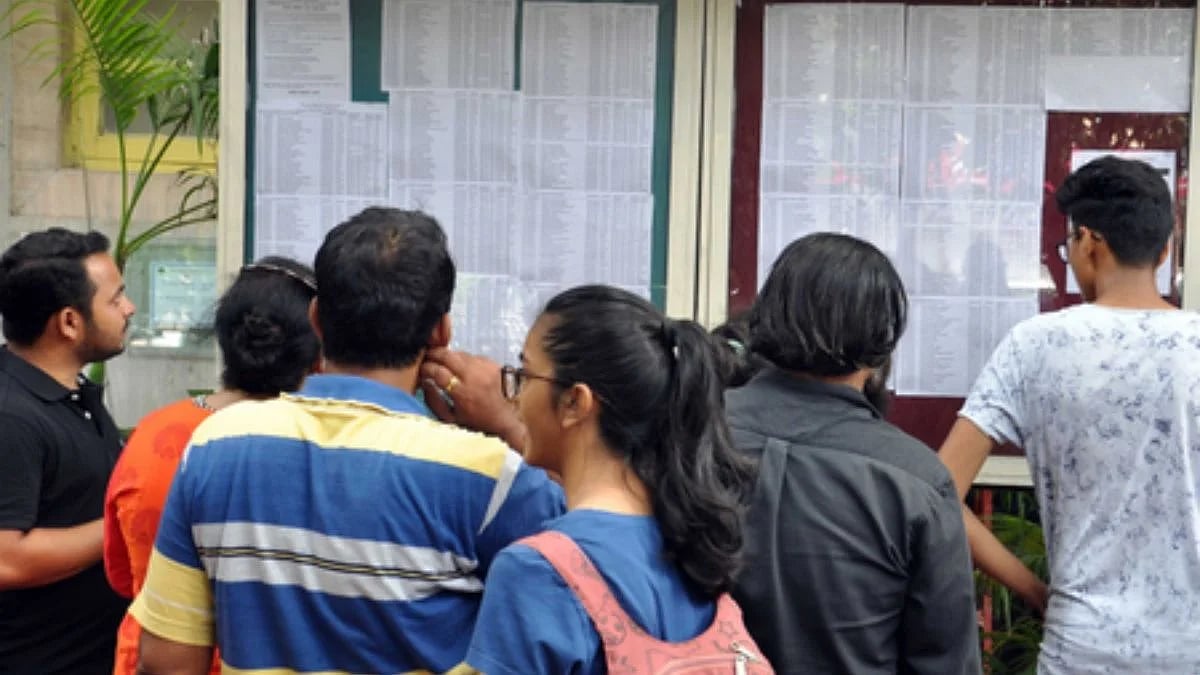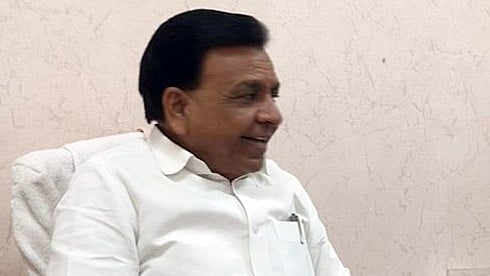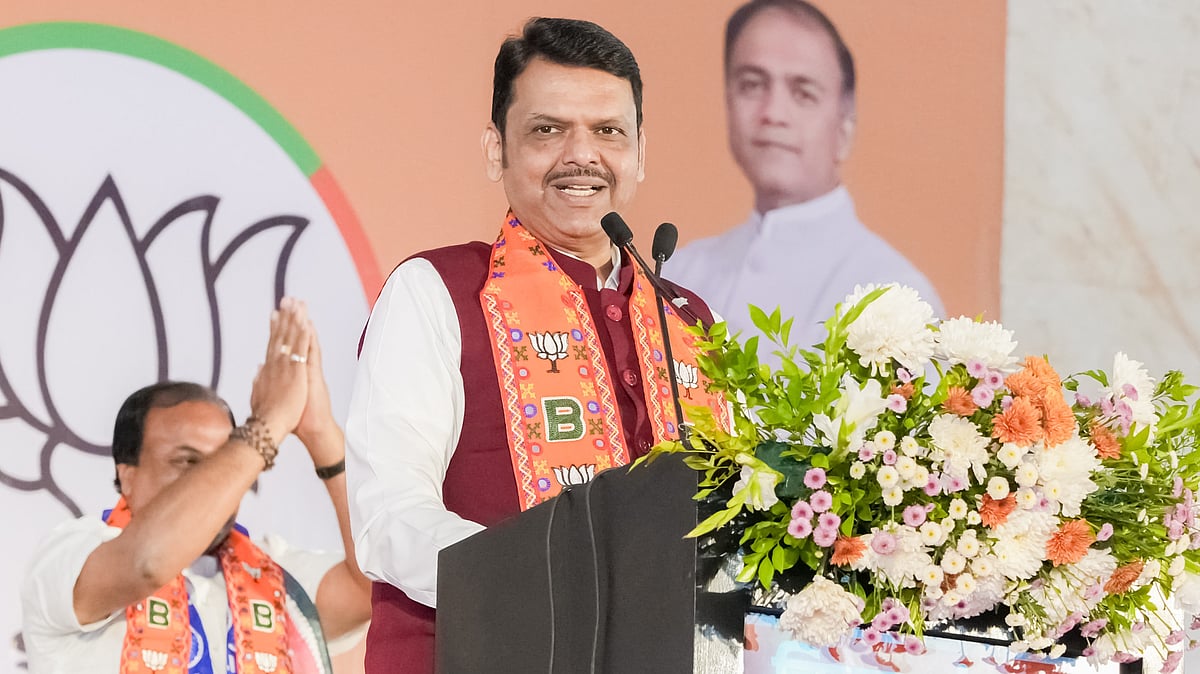Anarul Hussain, until a week ago, was hardly a known name in the political circles of Bengal. He is the Trinamool Congress President of the Rampurhat-1 block of Birbhum district.
Hussain is one of the prime accused of the devastating Rampurhat Massacre, where eight people were burnt to death last week at the Bogtui village of Rampurhat.
But, in reality, he is more than just a TMC local leader or an accused of violence because Hussain represents the ugly underbelly of Bengal’s power structure.
And he is not the only one. Bhadu Sheikh, the deputy pradhan of TMC who ran the village panchayat of the area, was killed last Monday. Following this incident, his faction of the local TMC launched their retaliation against their rival section. On Tuesday, rival houses were torched, killing 8 people, including women and children. Violence in Bengal has a long history.
For example, in 2001, 11 Trinamool Congress supporters were burned alive at Chhoto Angaria in Midnapore by the Communist Party of India (Marxist) cadres. More than 20 years have passed, but the underbelly of Bengal politics hasnot changedat all. National Crime Records Bureau data shows that from 2001 to 2021, Bengal has reported around 20-22 cases of political violence every year. The state power has shifted from the Left to the Trinamool Congress led by Mamata Banerjee, but this is a change that has occurred in the larger political landscape.
The real power in Bengal has always been with the local administration, local leaders, and local mafias. Bengal is known for its culture, education, songs, poetry, films, etc. These ideas of the state are very Calcutta-centric. Kolkata, formerly Calcutta, is the capital city of West Bengal, with a population of 1.4 crores. There are over 10-crore people in Bengal, which means 86% of the state is outside Calcutta. The real underbelly of Bengal's power structure is present majorly in this section.
It would be wrong to say that Calcutta does not have such an underbelly of power. It is much more sophisticated and subtle. Bengal has a long history of political violence beginning in the 1960s. But, the ugly underbelly of political power formed gradually as the local leaders became messiahs.
The key reasons behind such increasing localised power centres are extreme poverty, poor economy, population, and immigration. Mamata Banerjee-led TMC inherited this underbelly from the Left regime. During the last phase of the Left rule, Bengal witnessed the formation of the syndicate Raj.
Early in 2000, different sections of the real estate community and the local leaders came together to form these syndicates. Under the rule of Mamata Banerjee, these sections became extremely powerful and evolved as an alternative economy in the state.
These syndicates, local leaders, and mafias took over the control of the villages of Bengal. The Rampurhat massacre again pointed out how powerful these sections are. The Mamata Banerjee government formed an SIT to investigate the killing of Rampurhat of the Birbhum district. But, Bengal's senior-most police officials team did not show the courage to arrest Anarul Hussain.
He was so powerful that the police waited until the open order of arrest from the Chief Minister herself. Bengal elections violence is common but the most extreme violence happens during the Panchayat Poll. In the 2018 panchayat election, widespread violence took place across Bengal. This violence shook the conscience of a significant section of voters. During the 2019 Lok Sabha elections, many hardline voters from left-wing parties voted for the BJP.
For the first time, the BJP won 18 out of 42 seats. In 2019, Banerjee realised that to win the election, ground support was needed and she came up with the "Didi Ke Bolo" campaign. TMC leaders apologised to people and urged them to inform Banerjee if they have any complaints of corruption against the leaders or the administration. On one side, the campaign for correction continued, but on the other hand, the syndicates again became active.
After Mamata Banerjee-led TMC received a historic victory, the wait got over. TMC supporters and the people of Bengal became overwhelmed by this victory. The TMC felt that this could be the best opportunity for the party to expand in other states. While the top TMC leadership stayed busy with elections and expansion, the law and order situation in the villages of Bengal started to deteriorate drastically. Reports of post-poll violence started pouring in but the state government denied the charges.
Now, it appears that this underbelly was sending signals about their return through the post-poll violence. Forming SITs or CBI enquiries will not put an end to this underbelly. Many Anarul Hussain are present in every village, panchayat, block, and district of the state. In Bengal, today the top district officials and police officials openly praise and visit district chiefs of the ruling party.
These are not unknown to any section but it is so normalised that no one sees any problem. The Rampurhat massacre has exposed this ugly underbelly.
And no one other than TMC Supremo and Bengal CM Mamata Banerjee understands how this growing underbelly might pose a threat to her image. She has already announced that the CM herself will soon launch a campaign like "Didi Ke Bolo" where people will be able to complain against corruption at the local level through missed calls to the Office of The Chief Minister. Banerjee understands that the ground reality of this under belly started to go beyond her control.
It's high time for Banerjee to increase her mass connection and take control of the deteriorating situation.The future political endeavours of Mamata Banerjee will face a negative impact if this continues.
(The author is an independent journalist based in Kolkata and a former policy research fellow at Delhi Assembly Research Center. He tweets as @sayantan_gh. Views expressed are entirely personal)










